What Advantages Were There To Keeping Animals In Man-made Enclosures?
For today's postal service, I have decided to tackle the benefits of zoos and aquariums. I was prompted to write this commodity when I saw The Rocks recent Instagram post of him posing with a bounding main king of beasts. The comment section of this post was upsetting,
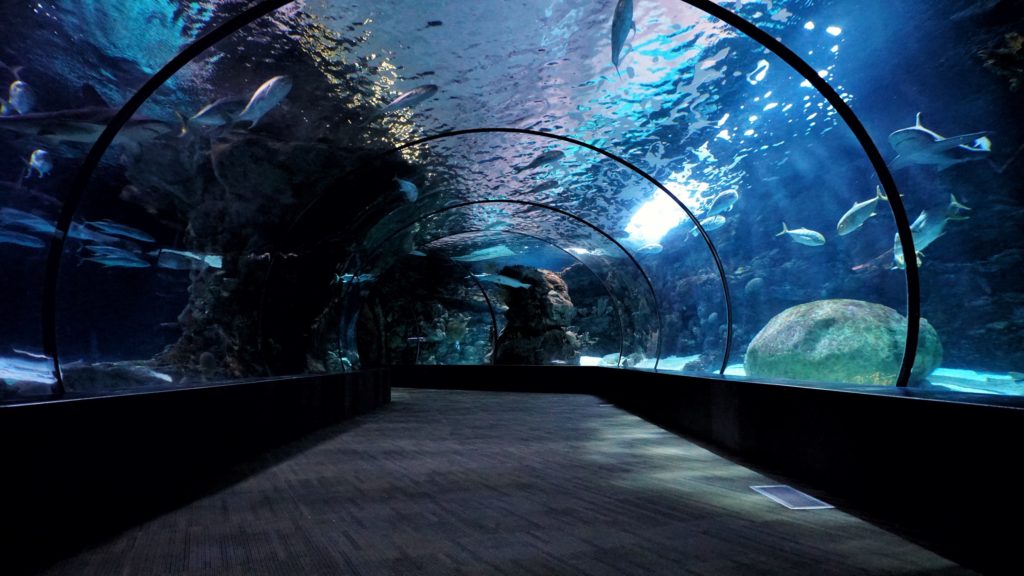
Debunking some Myths
Anyone who has ever worked in an animate being intendance facility knows the complaints they ever hear from members of the public. The vast majority of these complaints are really just myths and misconceptions perpetuated through the media, so I figured it would be good to become them out of the mode before we dive into the deeper benefits of zoos and aquariums.
Zoo animals are all stolen from the wild
This is one common misconception that I hear from visitors all the fourth dimension, "are zoo animals taken from the wild?". Almost all the animals housed in Accredited facilities across North America and Europe began their lives in captivity as a product of another zoos breeding program. Zoos beyond the earth organize their animals in complex breeding programs (nosotros volition comprehend The Species Survival Program afterwards) that lucifer individuals based on their genetics and history to clinch that the populations of captive animals are managed correctly. 1 of the but times an creature is taken from the wild and placed into captivity at a zoo is generally a young or injured animate being that was deemed unreleasable by veterinarians and biologists. The old practice of going out into the wild and pulling a snatch and grab from a mother gorilla is simply a thing of the past.
"This animal is lone and needs a friend"
This is one I hear ALL THE Fourth dimension from visitors when they are passing an exhibit with only ane creature inside. A lot of these problems stem from people anthropomorphizing animals they see in a zoo, humans are extremely social animals and one of the worst things you can do to u.s. is put united states in solitary confinement, but this is not the case for many animals. MANY animals in the wild are completely solitary and only spend time with one another to mate, examples of this include Tigers, Jaguars, Bears, Owls, Foxes and Sea turtles and many many more. These animals tin exist perfectly content living by themselves in zoos and it tin often be very dangerous to firm solitary animals together as it may result in violence. If you lot see an animate being that is non naturally lonely living by itself in an exhibit you can rest bodacious that the facility is scouring the network of other zoos and aquariums to try and discover this beast an exhibit mate.
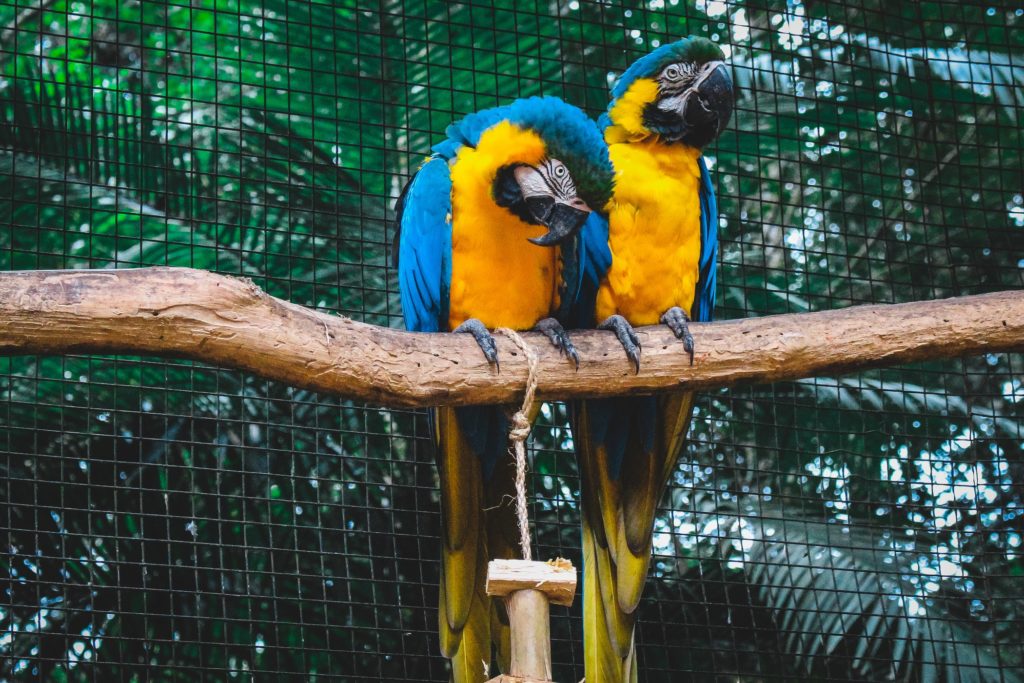
Animals would always exist happier in the wild
This is 1 that is up for interpretation and is impossible to say with 100% certainty due to the fact that we cannot read the animals heed to tell whether information technology is "happy" or not. One thing we tin can do is assess an animals behaviour based on what we know to be normal for that fauna and nosotros tin can mitigate behaviours that we know to be caused by stress or boredom, such equally Stereotypic behaviours. One thing that we do know for certain is that existence a wild animal is not always a walk in the park. Your twenty-four hour period as a prey species would exist spent trying to find food so you lot don't starve while at the same time trying not to go eaten by a predator. Existence eaten past a predator more ofttimes than not the furthest affair from a "make clean kill" or "humane" as that predator is likewise just trying to stay alive by whatever means necessary. Fifty-fifty if yous get away from the predator, fifty-fifty a modest injury can become infected and outcome in a long slow death. Ane of the benefits of zoos and aquariums is that nosotros can assure all of our zoo animals will be safe from predators and will have access to adequate nutrient, water, and medical attention. Access to these amenities ofttimes means that zoo animals will live far longer in captivity then they would in the wild. This is especially apparent for animals where climate modify and habitat loss is making living in the wild more than and more difficult with each passing yr. All zoos strive to make their exhibits equally shut to the animal'due south natural surround as they possibly can, besides every bit trying to ensure the animal is stimulated both physically and mentally.

Convict animals are non cared for properly and are simply amusement
Well, we can reply this common misconception with a weblog mail I wrote a while ago, well-nigh how to go a zookeeper. Every bit you can conspicuously see from that post, almost all zookeeping positions require the keepers to possess a bachelors caste in biological science/ zoology and are extremely competitive. This competitiveness ways that zoos tin can exist extremely picky nigh who they rent, and only hire the all-time to have care of their animals. Existence a zookeeper is besides not a loftier paying chore which means that almost all of the people who pursue that line of work are doing and so out of love of the animals and their work. This passion and selectiveness which results in an extremely high standard of treat the animals in a zoo and this is ane of the huge
Accreditation
As I mentioned in the above paragraph, many of the zoos and aquariums in Due north America take to go through a rigorous accreditation process from a governing torso such as AZA (Association of Zoos and Aquariums) or CAZA (Canada's Accredited Zoos and Aquariums). Being accredited past these organizations has many benefits to the zoo or aquarium including, letting members of the public know that the animals at this facility are beingness held to the highest standard of care, access to a large database of other accredited facilities animals for exchanges, and potential regime and grant funding for enquiry and evolution, simply to name a few. These accreditation bodies really assist ensure that an animal moving between accredited facilities are going to receive the same standard of intendance no affair where they go. So next time y'all are travelling to a new city or looking for a zoo in the urban center that you alive in, check to brand sure they are accredited by a recognized institution or practice some research to ensure you are supporting a facility with only the highest standard of care.
Conservation
I of the main benefits of zoos and aquariums is that they provide immense back up to global conservation efforts through convict breeding programs as well as research programs. In an ever-changing globe faced with global challenges such as climate change and habitat loss, conservation efforts are crucial to ensure that endangered and extirpated species practise non reach the indicate of extinction and continue to thrive in their natural ecosystems for generations to come.
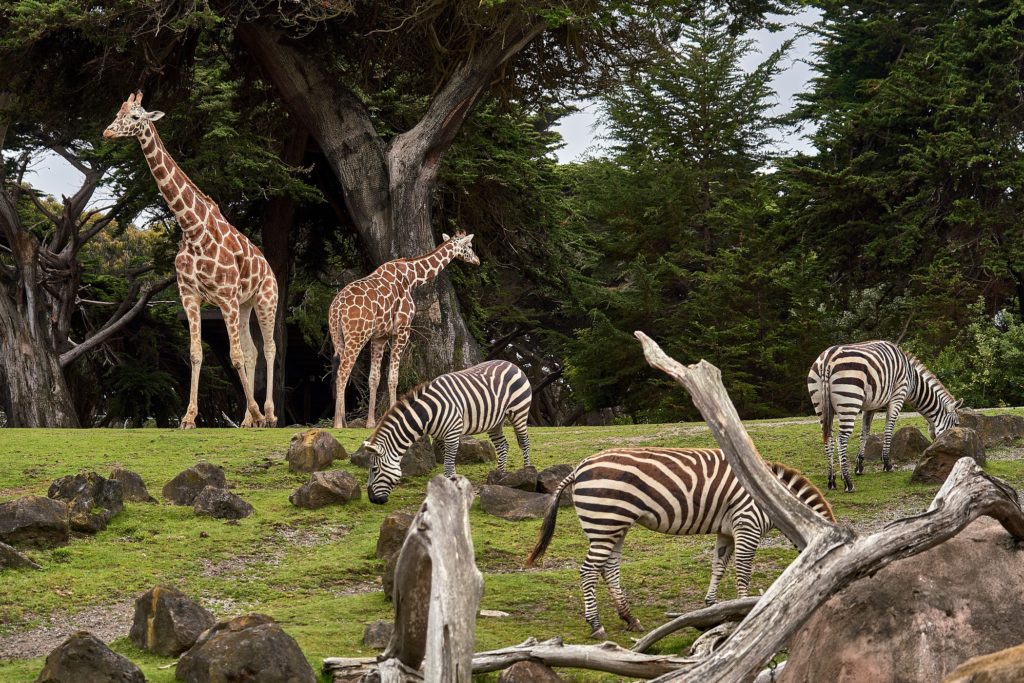
The Species Survival Plan
The Species Survival Program (SSP) is the unmarried most important thing zoos and aquariums take part in my opinion. This program, created past the Association of Zoos and Aquariums in 1981, is a comprehensive species management program the oversees a variety of species populations within other AZA institutions. The main objective of this program is to manage populations of a particular species in multiple zoos to ensure that the population has the opportunity to thrive both in captivity and in the wild. Each plan is closely monitored past professionals called a Taxon Advisory Groups (TAG) that ensure private animals are beingness paired for convenance with an appropriate mate as well as being housed at a facility where they have the greatest chance of success. They do this through a complex database of potential mates called a "Studbook" and using these studbooks they are able to create breeding and transfer plans for each individual species. This is a very big undertaking every bit there are currently virtually 500 SSP'due south in identify in North America and many more throughout the earth such as WAZA and EAZA. It is through these circuitous programs that zoos have aided in bringing a number of species back from the brink of extinction which is next on our list of the benefits of zoos and aquariums.
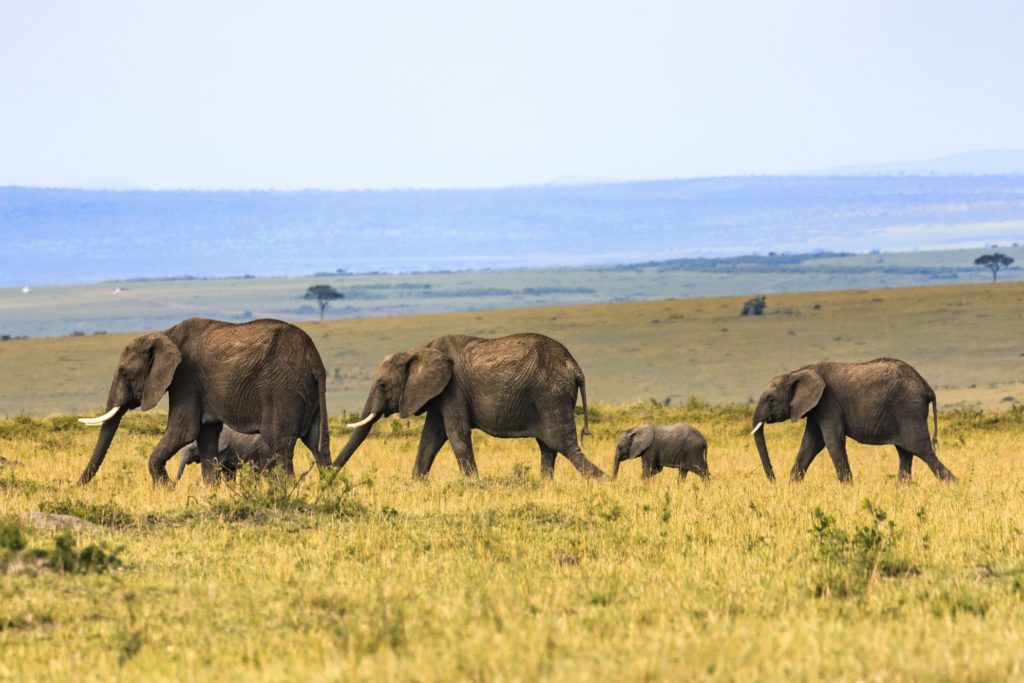
Zoo Success Stories
The continued effort of zoos and aquariums in the conservation of endangered species has resulted in many species coming back from endangerment and fifty-fifty extirpation. Heres a few examples of some conservation success stories that came about due to the hard work of zoos and aquariums.
Arabian Oryx
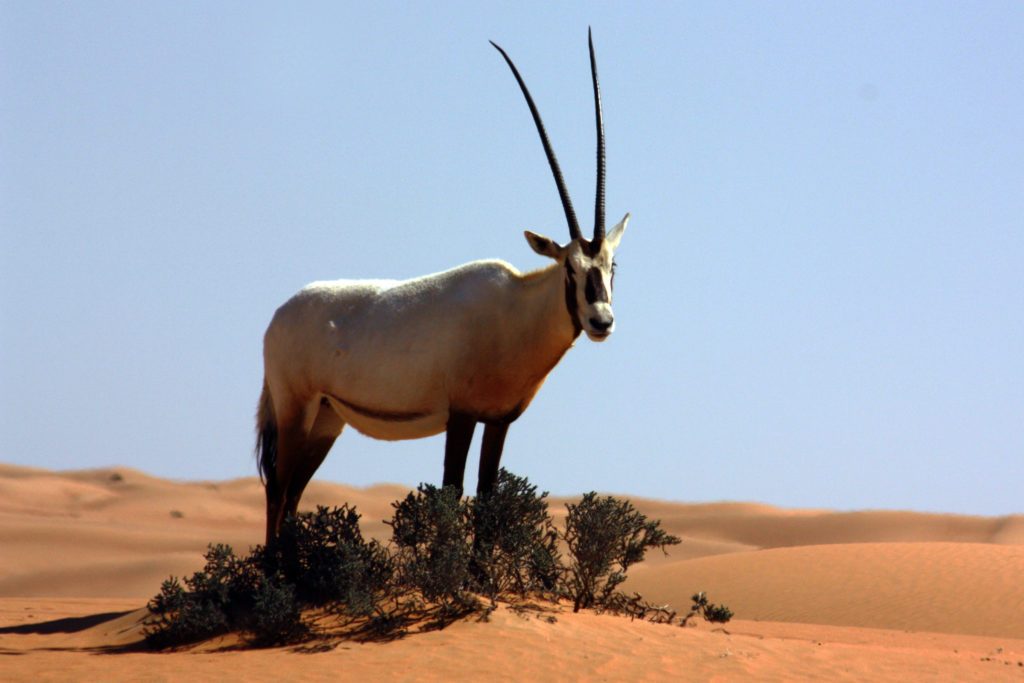
This purple antelope often chosen the "Unicorn of the desert" once inhabited the unabridged Arabian Penisula from Iraq to Syria was completely wiped out from the wild after the last pocket-sized group was either captured or killed in the 1970s. This once widespread brute was hunted past the native people of the area and was only wiped out due to human inroad when oil companies brought roads and excessively wasteful hunting parties, the Oryx was fast merely not faster than a westerner with a gun and a car. Luckily for the Oryx, conservationists predicted the wild population'south demise and managed to capture several individuals in an expedition called "Performance Oryx". These individuals were so housed at The Phoenix Zoo in Arizona and were joined past several individuals from private collections and the London Zoo. This group had several calves in the first twelvemonth and the breeding programme was expanded to Los Angeles Zoo, Gladys Zoo, and San Diego Wild Animal Park in club to proceed the population genetically various. Afterwards several years of captive breeding, Oryx were slowly released in small herds into Oman in 1982 and so to Jordan and then Saudi Arabia. Today there are over 1000 Oryx living in the wild or in Nature reserves and over 7000 living in zoo convenance programs beyond the globe.
Przewalski Horse
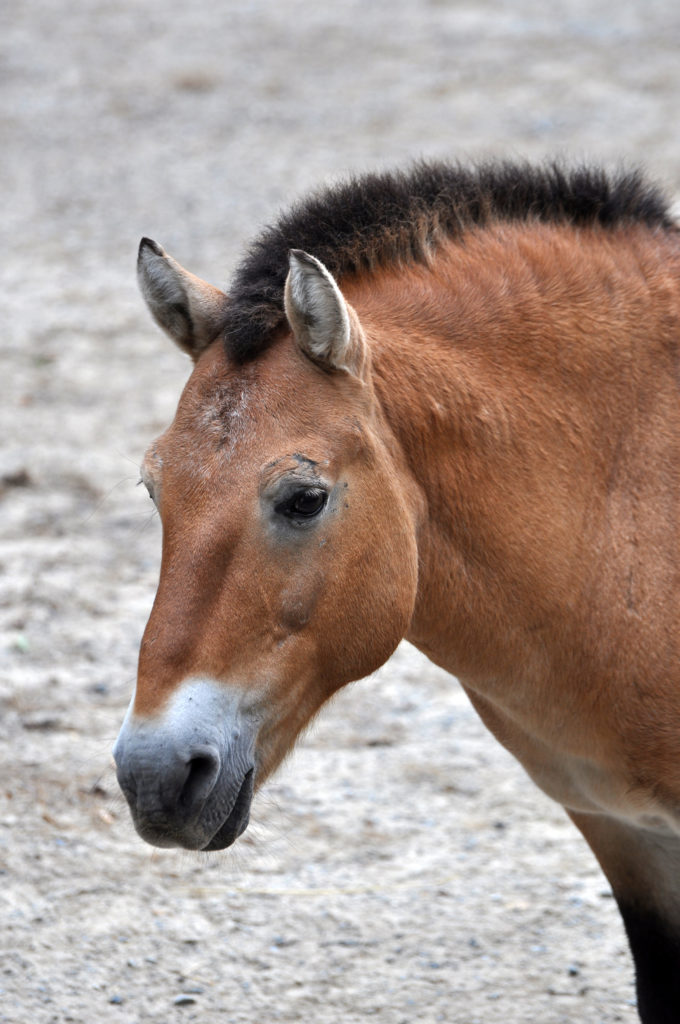
The Przewalski Horse, named afterwards the Russian explorer Nikołaj Przewalski but often chosen
As yous tin can clearly meet from the examples to a higher place and many other examples, ane of the chief benefits of zoos and aquariums is their power to literally save species from the brink of extinction and commencement a salubrious wild population again. With the ever-changing wild mural being ripped apart by climate modify and habitat loss, captive breeding programs are needed more
Education
Another 1 of the primary benefits of Zoos and Aquariums is their educational activity programs within the facility that engage visitors in a diverseness of conservation and ecology messages. Almost all facilities have interpretive signage at every exhibit that tells the visitor a bit nigh the animal in the exhibit likewise as any threats facing the animal in the wild. Being able to put a face to the cause is much more than likely to take an affect on an private then an advert entrada, for example, if a person sees an amazing orangutan and her baby, they might think twice about ownership products that incorporate palm oil or damage the rainforest. Another great part of zoo instruction programs is the easily-on and close encounters with various animals they get during camps and keeper talks, existence able to run across that snakes aren't the slimy evil creatures that a lot of people think they are, this tin can really have a profound impact on how the public views them. Speaking of kids camps, they are fantastic pedagogy programs in zoos, I attended one when I was a kid and it really helped foster a love of animals and had a profound impact on what I'm doing today (existence a zookeeper and all), showing kids amazing animals up close is a valuable way to get the next generation to care deeply about conservation efforts and in turn, the environment as a whole.
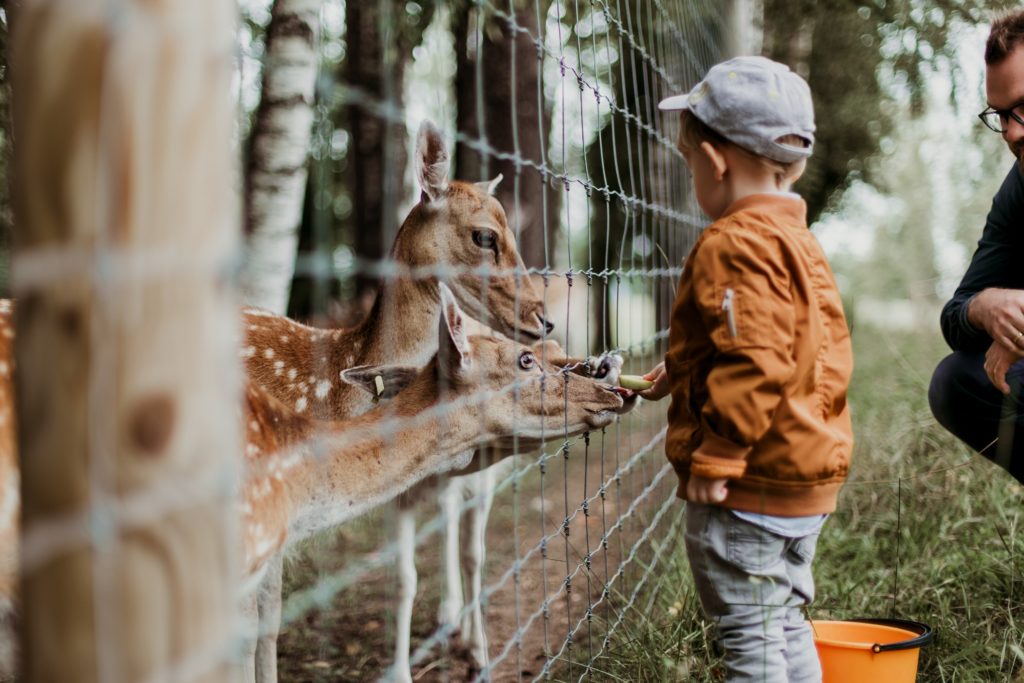
Research
AZA and other accreditation bodies often provide research grants to zoos so they tin practise valuable enquiry on their captive populations that may do good the wild populations of the same species. Having admission to captive populations of animals can be extremely beneficial to researchers as they don't have to go traipsing effectually the jungle and other potentially inaccessible environments to find the brute, and can also easily dispense conditions and view them 24/seven. Some animals are almost impossible to find in the wild, therefore a convict population is invaluable to researchers equally they don't demand to blow their whole budget trying to even locate the animal. Some successful research programs housed at zoos include the Manatee Enquiry Program located at MOTE marine laboratory and aquarium likewise as the Leatherdale International Polar bear Conservation Eye located at the Assiniboine Park Zoo. The research done by zoos and aquariums around the world helps us better empathize a species likewise every bit plan and mitigate threats faced by species besides as prepare upwardly effective captive breeding programs similar the ones explained above. This research is critical to the survival of all threatened species on earth and is one of the largest benefits of zoos and aquariums around the world.

The Benefits of Negativity
Based on the information above it is clear that zoos and aquariums benefit the world immensely and are vitally of import to the future of conservation and survival of many species around the globe. The master benefits of zoos and aquariums include Conservation, Education and Inquiry programs that are designed to preserve and protect wild populations of animals as well as brainwash the public about the threats that face them. I besides see it as a benefit that zoos and aquariums receive so much criticism and hate as I believe that constantly beingness under the microscope forces the zoo community to constantly evaluate and refine their practices and what they stand for and this drives positive change inside facilities. I have to say, subsequently several years of working in zoos and aquariums, I'yard proud and feel very fortunate, to be a office of such an amazing community and I know that this community will continue to have a dramatic impact on the survival of species all over the world for years to come up.

Source: https://wildenrichment.com/articles/the-benefits-of-zoos-and-aquariums/
Posted by: mcnamaragulay1979.blogspot.com

0 Response to "What Advantages Were There To Keeping Animals In Man-made Enclosures?"
Post a Comment